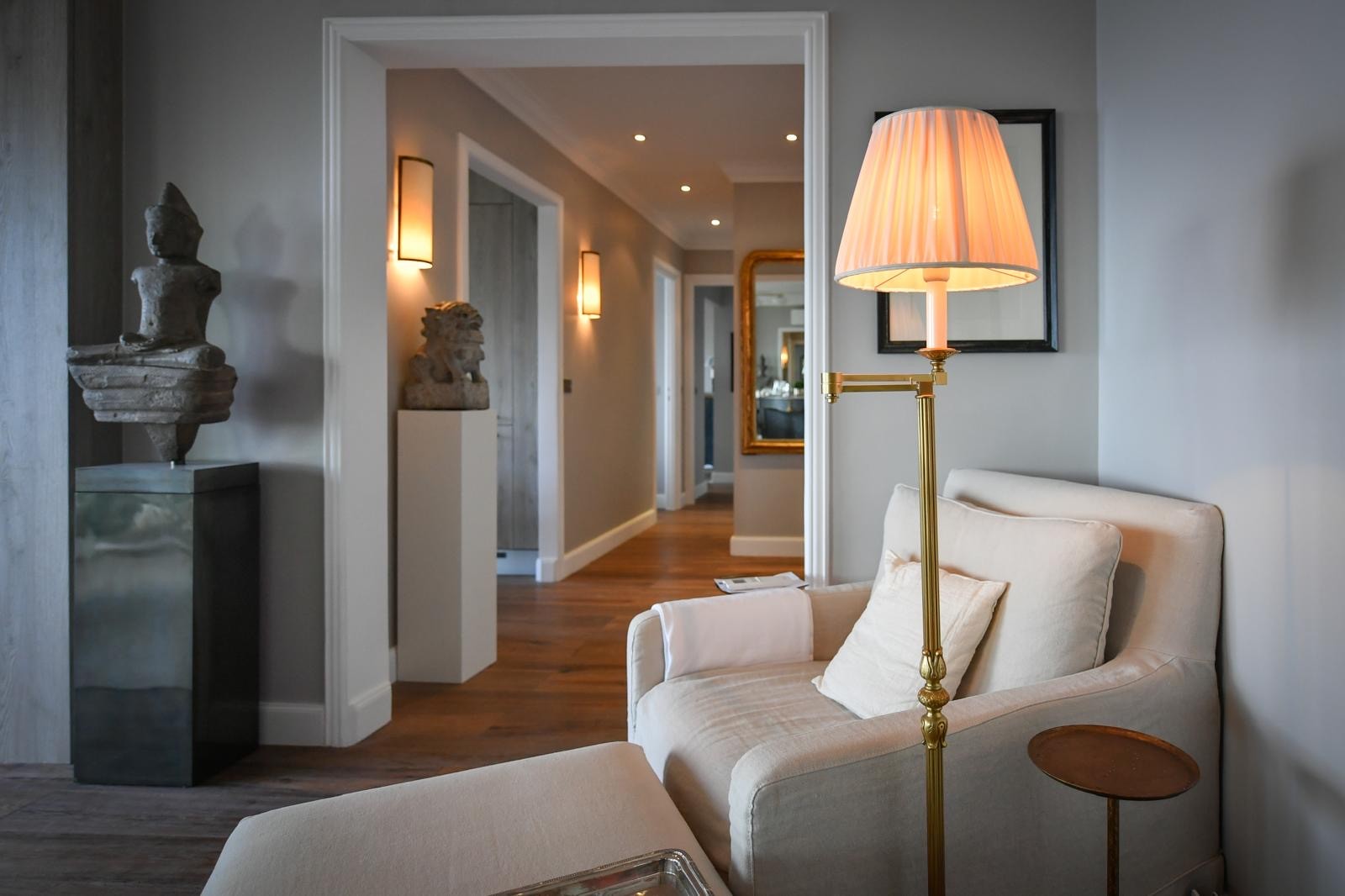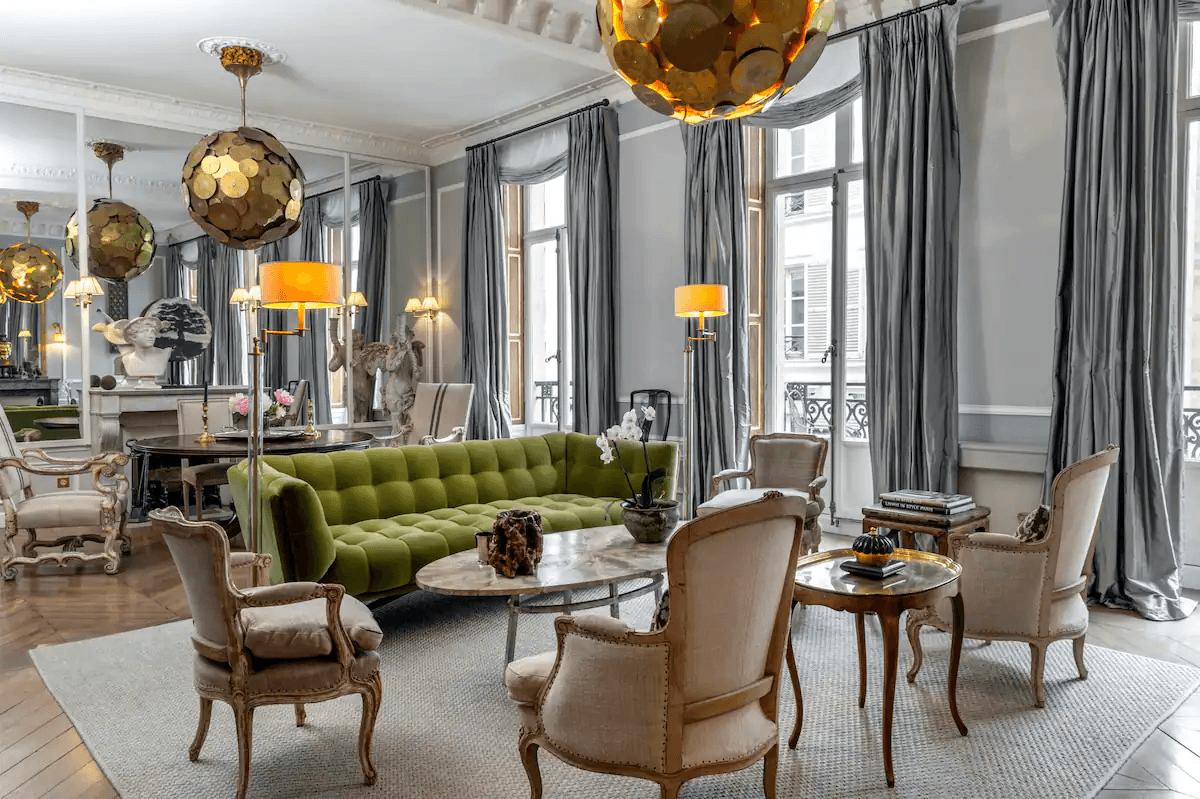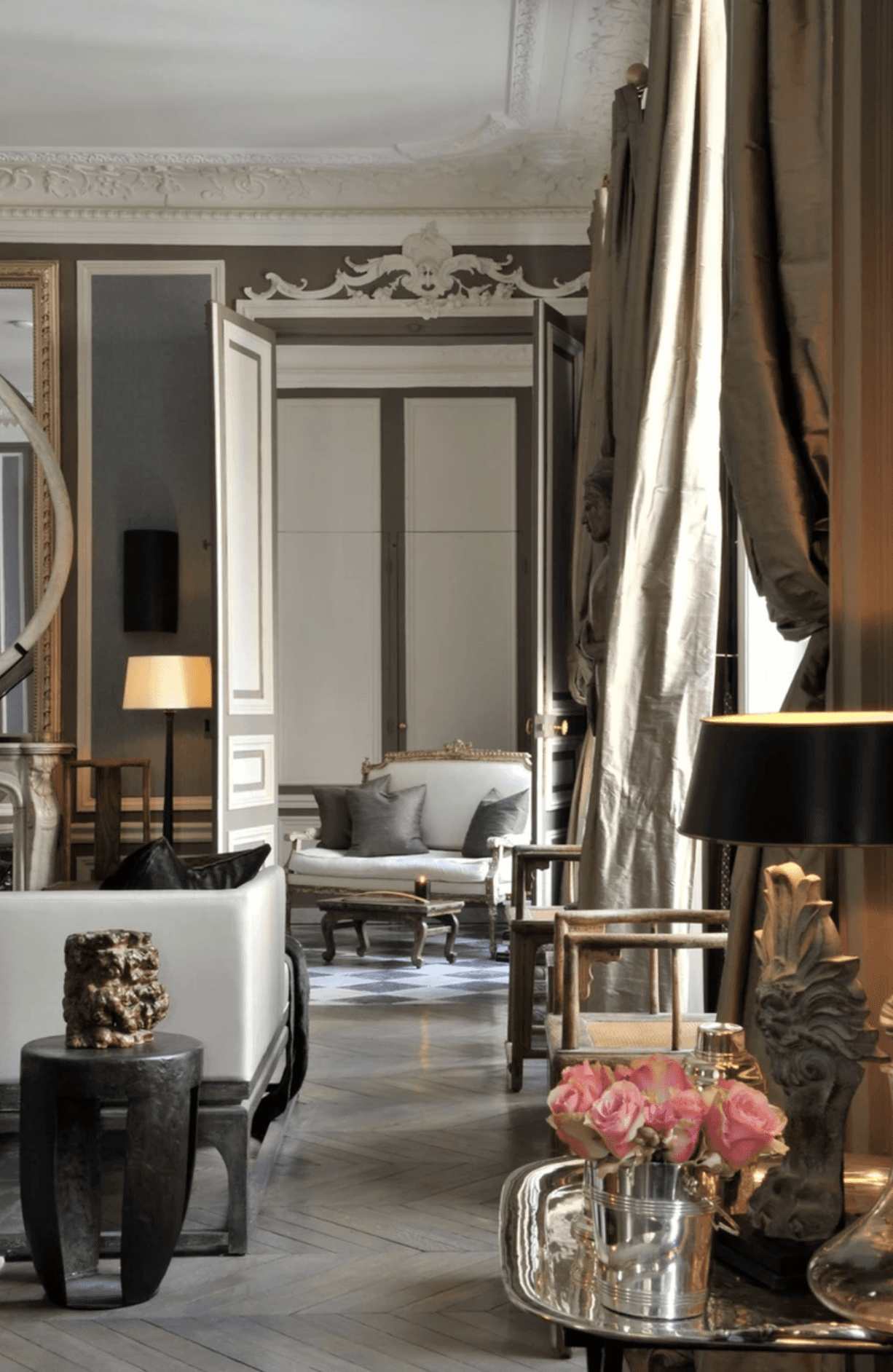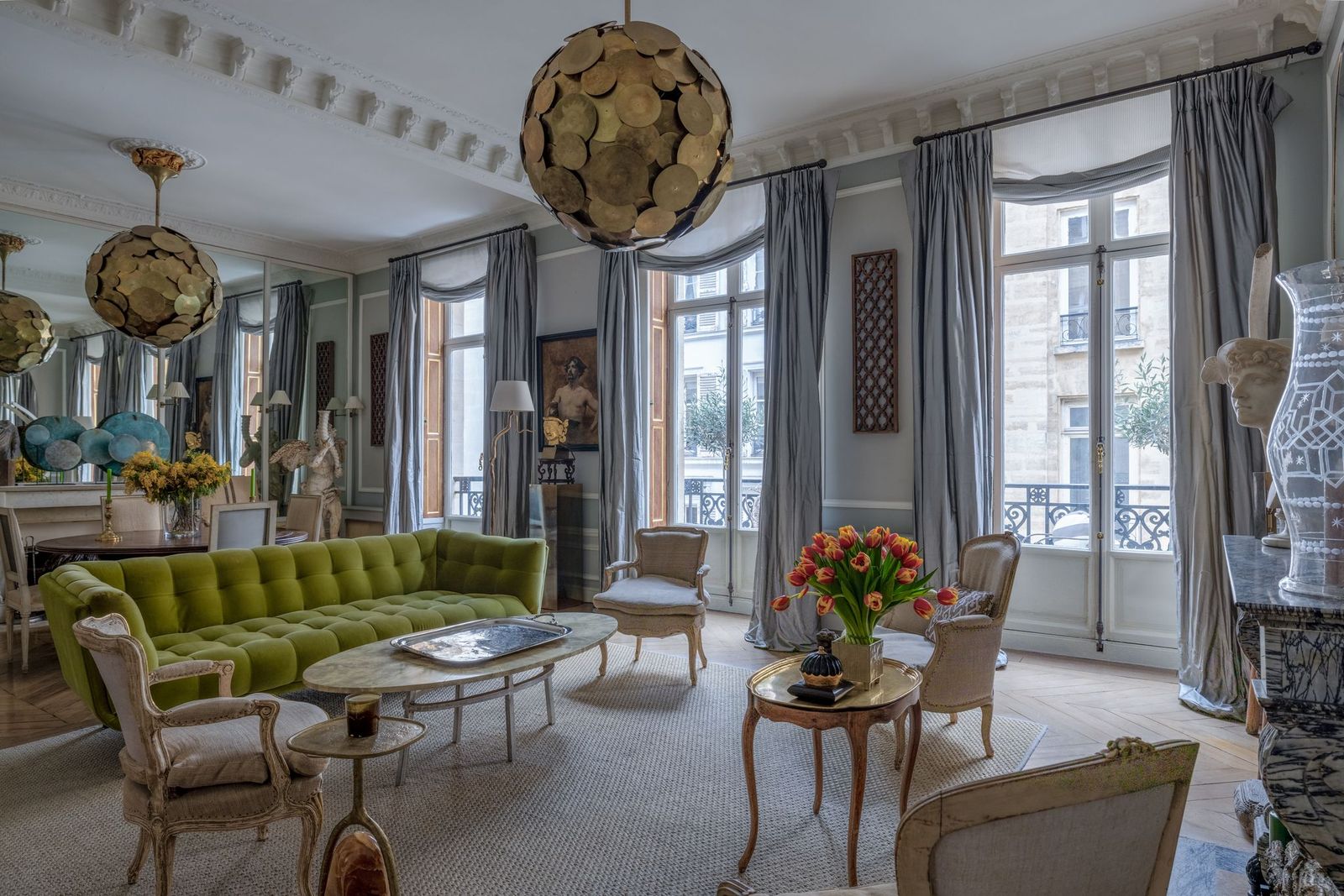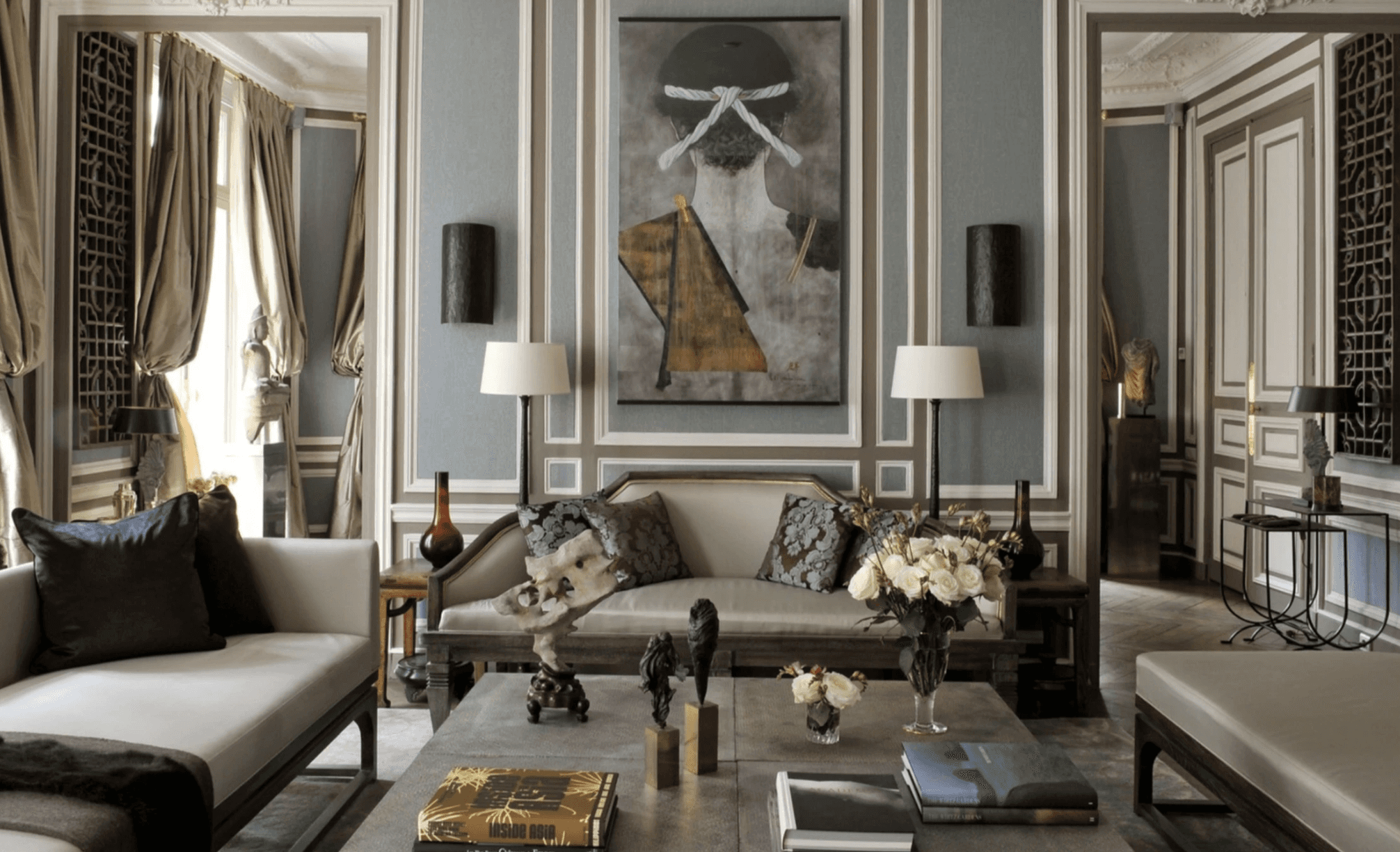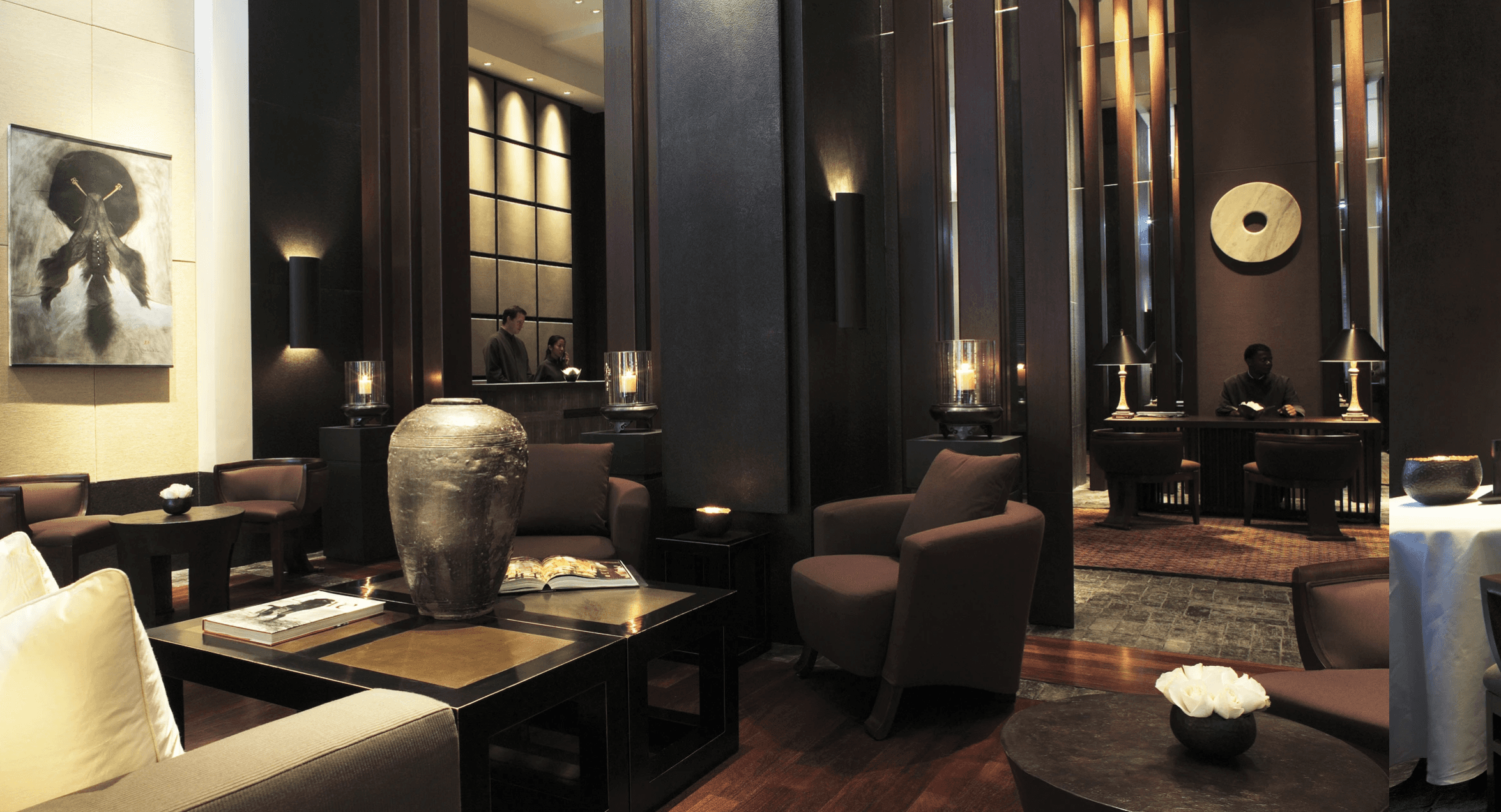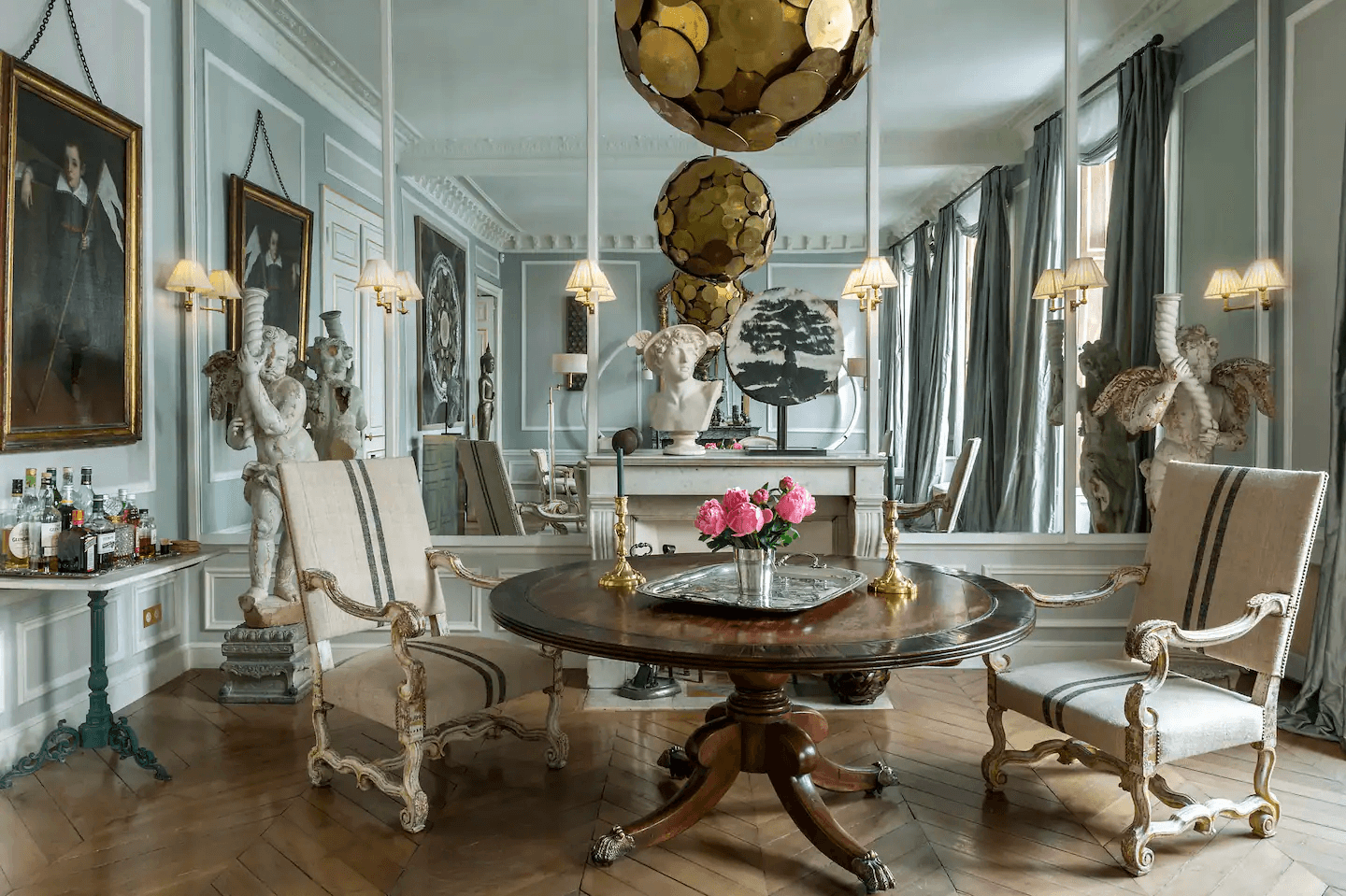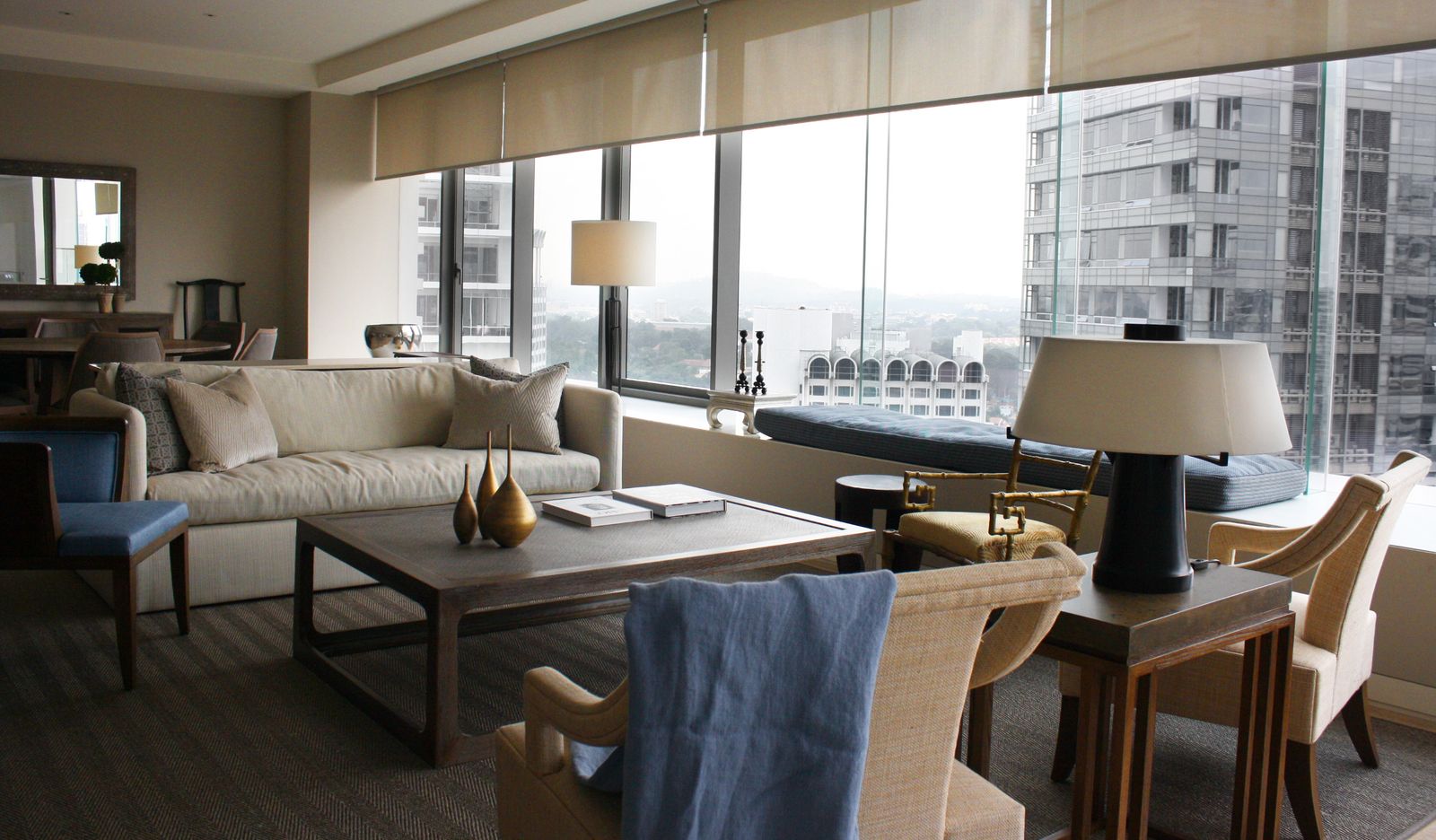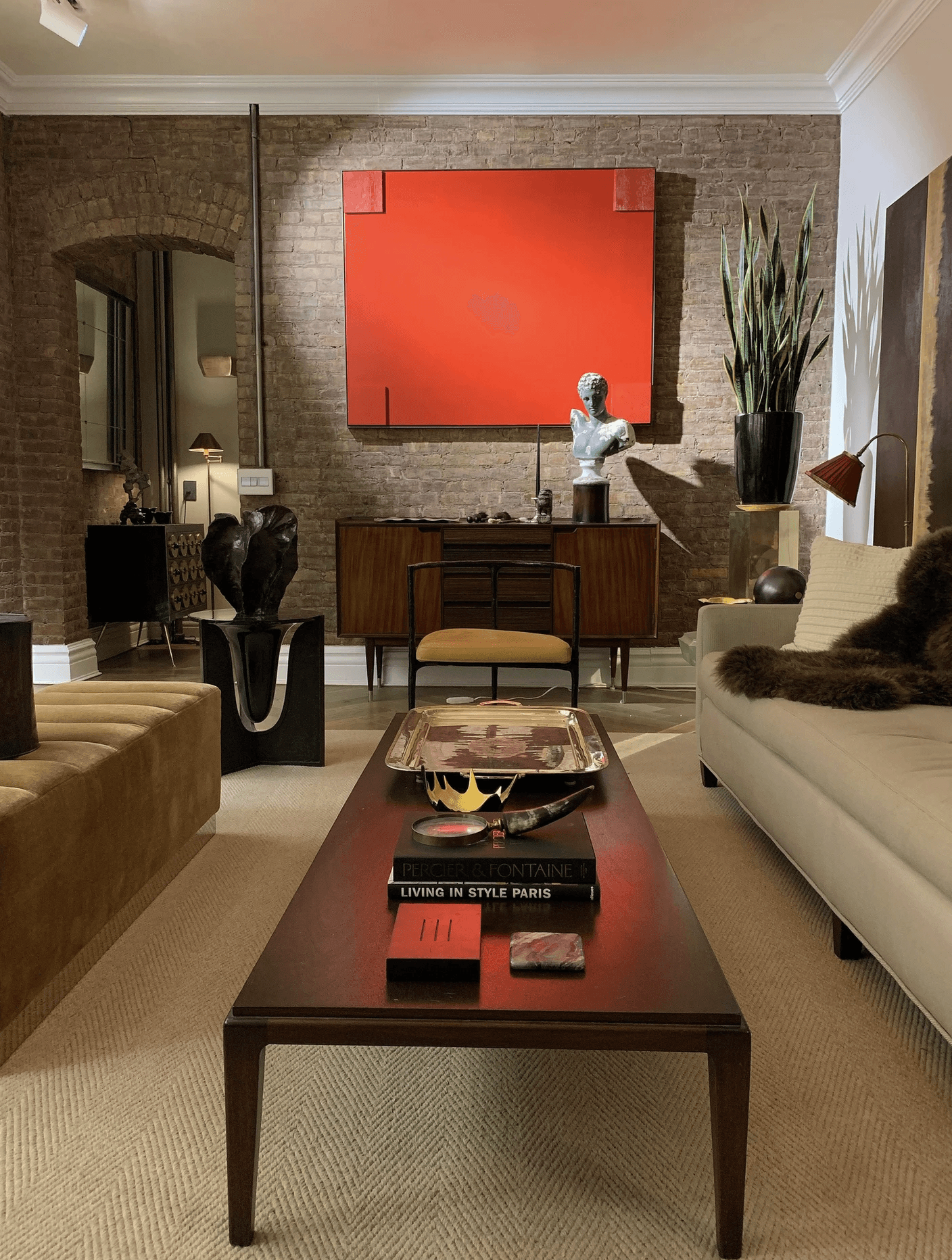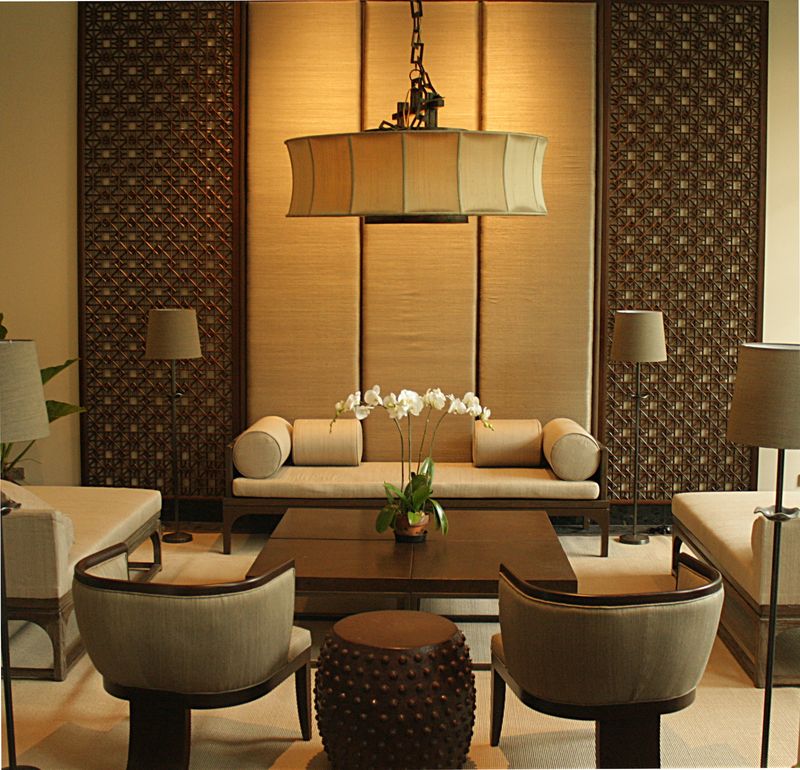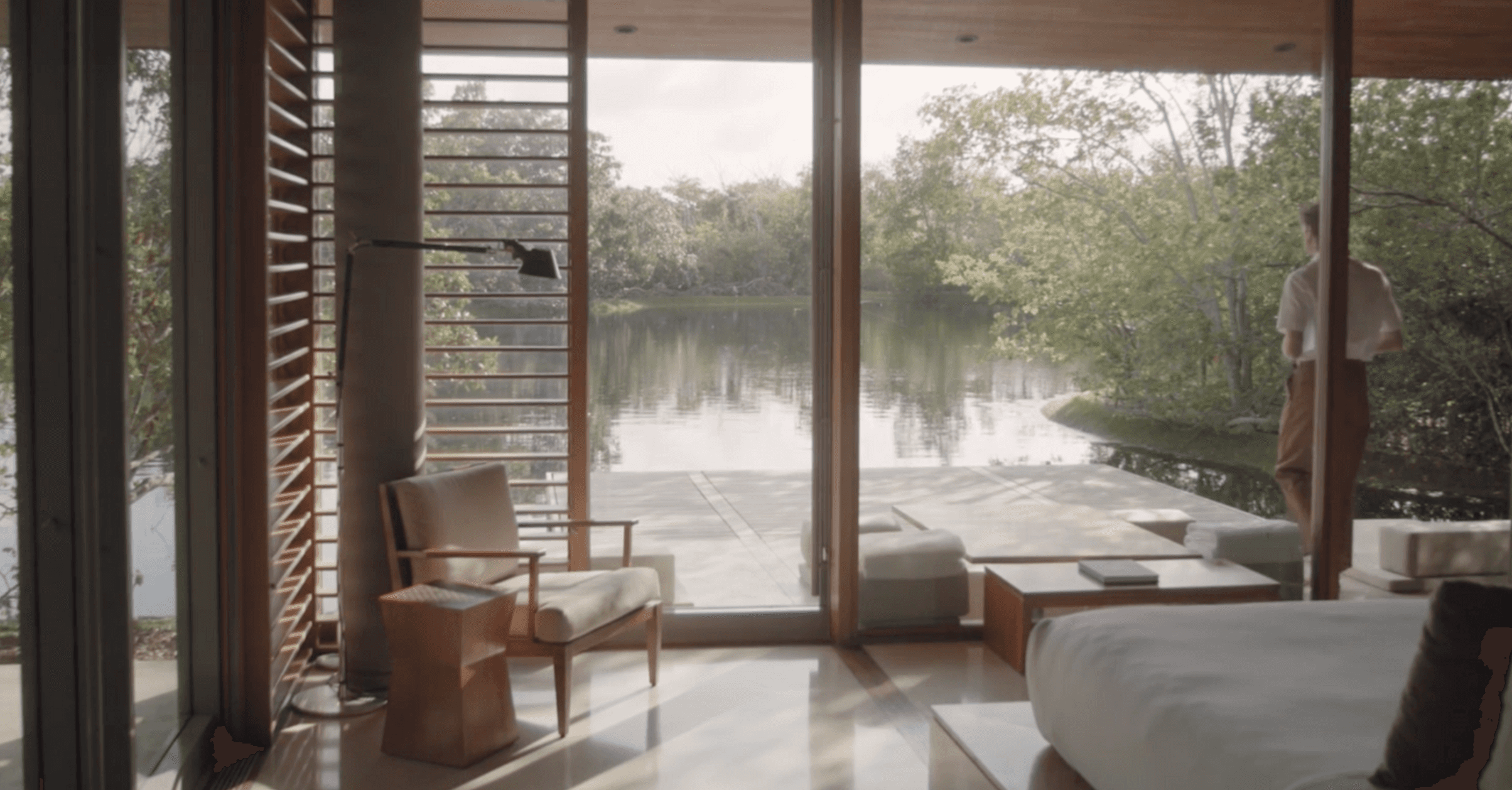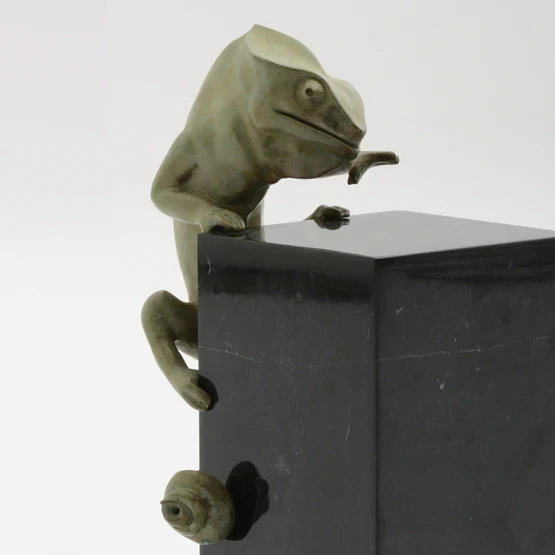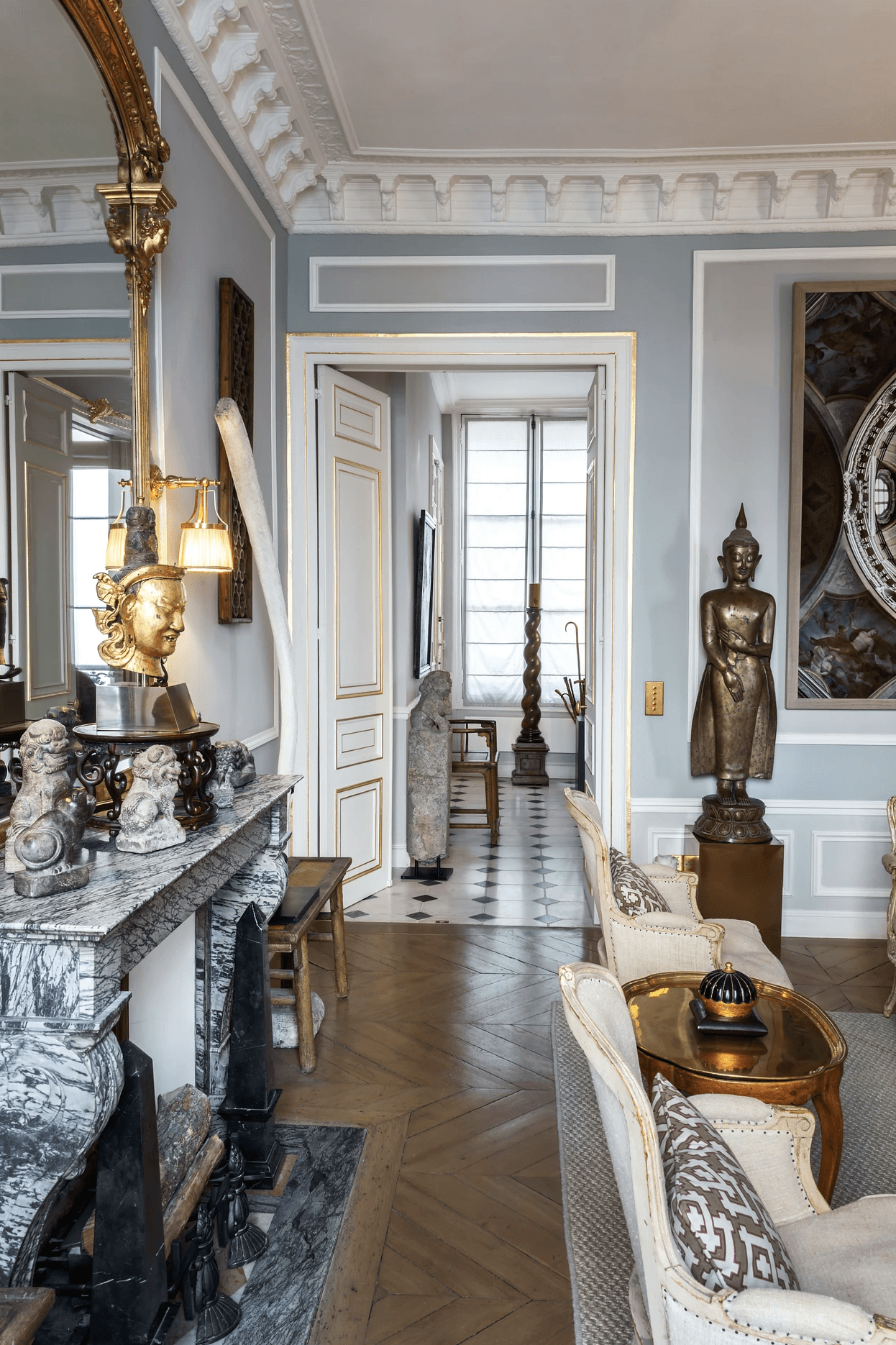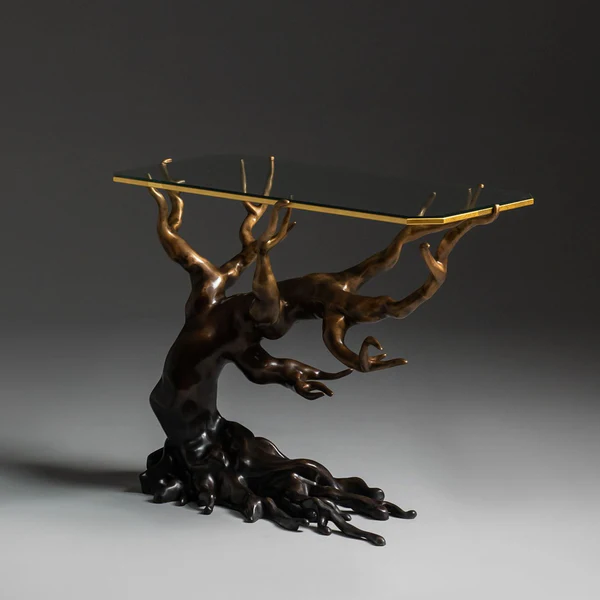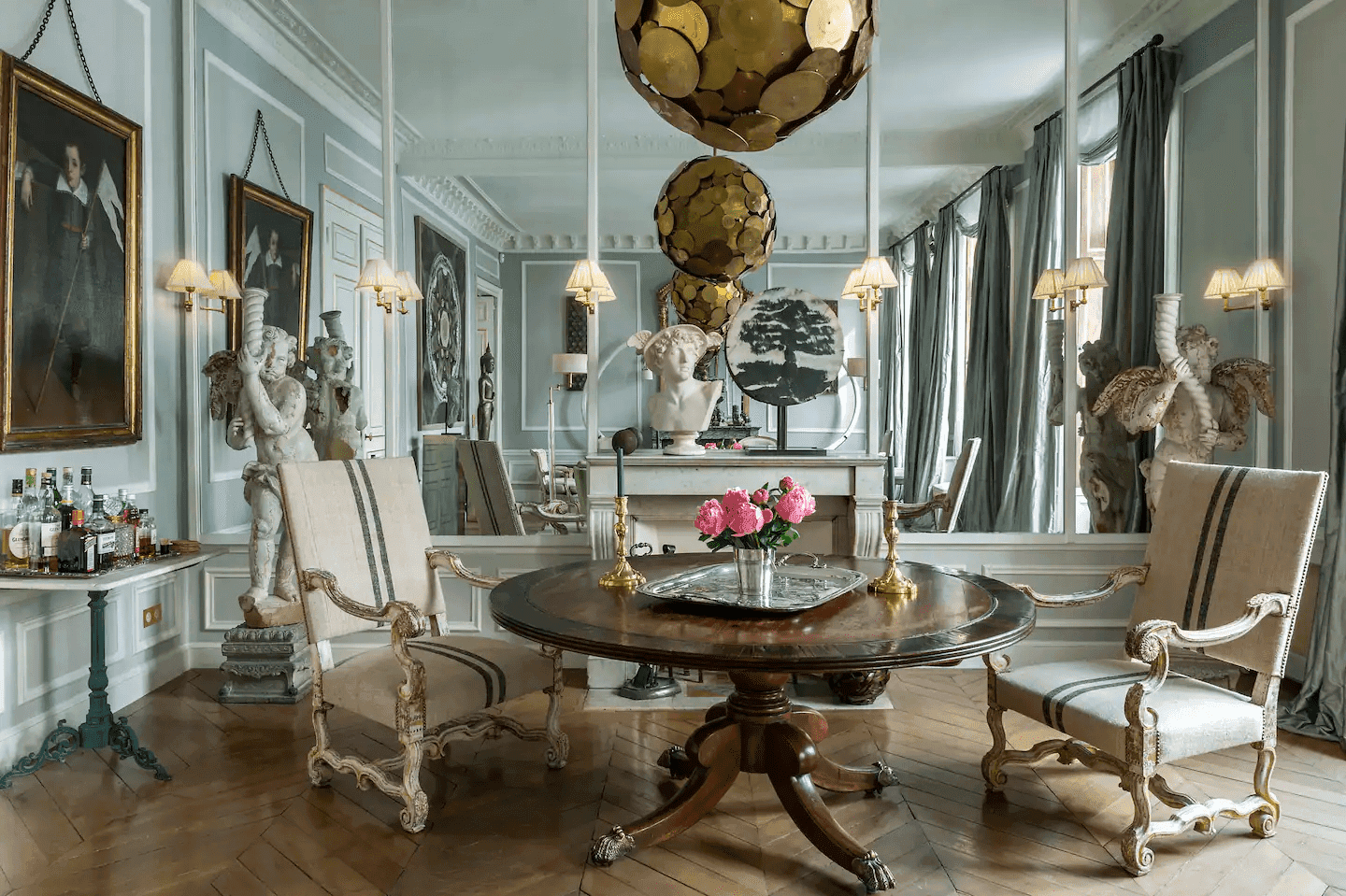Tips

Christopher Noto
Jul 22, 2024
Discover how to use accessories to transform your home decor. Learn tips and strategies for selecting and arranging decorative accents like pillows, rugs, and art to enhance your space and reflect your personal style.
The Power of Accessories: How to Elevate Your Home Decor with the Right Accents
Introduction
Accessories play a crucial role in interior design, offering an opportunity to elevate your home decor and add personality and style to your space. From decorative pillows and rugs to vases and artwork, the right accessories can transform a room and bring your design vision to life. In this blog post, we’ll explore how to effectively use accessories to enhance your home decor, offering tips and inspiration for making impactful choices.
1. The Role of Accessories in Interior Design
A. Adding Personality
Personal Touches: Accessories allow you to infuse your personal style into a space, making it feel more uniquely yours. They provide an opportunity to showcase your tastes and preferences, turning a generic room into a personalized haven.
Visual Interest: Use accessories to add visual interest and texture, enhancing the overall design and creating a more dynamic look. Accessories can introduce patterns, colors, and textures that complement the room’s decor, adding layers and depth to the design.
B. Enhancing Design Themes
Coherence: Accessories can help to tie together different design elements and create a cohesive look that aligns with your chosen design theme. They provide finishing touches that complete the room’s design, ensuring that all elements work harmoniously.
Focal Points: Create focal points with statement accessories that draw attention and add impact to the room. Accessories can highlight specific areas or features and enhance the overall design, making certain aspects of the room stand out.
2. Choosing the Right Accessories
A. Decorative Pillows and Throws
Color and Pattern: Choose pillows and throws that complement the room’s color scheme and add texture or pattern for visual interest. They can enhance comfort and style on sofas or beds, contributing to a cohesive and stylish look.
Layering: Layer different textures and patterns to create a cozy and inviting look. Mixing different fabrics and designs can add depth and visual appeal to the space, making it more dynamic and interesting.
B. Rugs and Curtains
Coordination: Select rugs and curtains that coordinate with other elements in the room, such as furniture and wall color. Ensure that they enhance the room’s overall design without overpowering it, creating a balanced and harmonious look.
Functionality: Ensure that rugs and curtains are functional as well as stylish. Consider their role in providing comfort, privacy, or light control in addition to their decorative qualities, making sure they meet both aesthetic and practical needs.
3. Displaying Accessories
A. Arranging Objects
Vignettes: Create vignettes by grouping accessories together on surfaces like coffee tables, shelves, or mantels. Use varying heights and textures for an appealing arrangement that adds interest and dimension, making each display a focal point.
Symmetry and Balance: Use symmetry and balance to create a cohesive look, but don’t be afraid to mix and match for an eclectic style. Balance can be achieved through arranging objects in a visually pleasing way, creating harmony and interest.
B. Wall Art and Mirrors
Placement: Hang art and mirrors at eye level and consider their placement in relation to furniture and other decor elements. Proper placement enhances visibility and integration with the room’s design, ensuring that art and mirrors become integral parts of the decor.
Gallery Walls: Create gallery walls with a mix of art and decorative items for a personalized and stylish display. This approach allows for a curated collection that reflects your taste and adds character, making the wall a feature of the room.
4. Incorporating Natural Elements
A. Plants and Flowers
Greenery: Add plants and flowers to bring a touch of nature into your home. They improve air quality and add color and texture to the decor. Consider a variety of plants to suit different areas of the home, enhancing the space with natural beauty.
Variety: Use a variety of plants and floral arrangements to enhance different areas of the home, such as living rooms, kitchens, and bathrooms. Choose plants that fit the light conditions and maintenance requirements of each space, ensuring they thrive and complement the decor.
B. Natural Materials
Wood and Stone: Incorporate natural materials like wood, stone, or woven fibers for a grounded and organic feel. These materials add texture and warmth to the decor, creating a balanced and inviting environment.
Texture and Warmth: Use natural materials to add warmth and texture to your decor. They complement other design elements and create a cohesive and inviting atmosphere, enhancing the overall design with natural charm.
5. Tips for Accessory Selection
A. Budget-Friendly Options
Affordable Finds: Look for budget-friendly accessories at home decor stores, flea markets, or online retailers. There are many affordable options that can add style and personality to your space without breaking the bank.
DIY Projects: Consider DIY projects to create custom accessories that fit your style and budget. DIY options allow for creativity and personalization at a lower cost, adding unique elements to your decor.
B. Seasonal Updates
Seasonal Decor: Refresh your accessories with seasonal updates to keep your decor current and reflect the changing seasons. Seasonal accessories can bring new life to your space and keep it feeling fresh throughout the year.
Holiday Accents: Incorporate holiday-themed accessories for a festive touch during special occasions. Holiday decor can add charm and celebrate the season, creating a warm and inviting atmosphere.
6. Examples of Accessory Integration
A. Living Rooms
Cozy Accents: Use decorative pillows, throws, and rugs to create a cozy and inviting living room space. Accessories can enhance comfort and style, making the living room a welcoming area for relaxation and socializing.
B. Bedrooms
Personal Touches: Add bedside lamps, artwork, and decorative accents to personalize and enhance the bedroom decor. Accessories can reflect personal style and create a restful and stylish retreat, making the bedroom a haven for relaxation.
Conclusion
Accessories are a powerful tool in interior design, allowing you to elevate your home decor and express your personal style. By carefully selecting and arranging accessories, you can add personality, visual interest, and cohesion to your space. Embrace the versatility of accessories to transform your home and create a beautifully styled environment that reflects who you are.

Design Insights: Tips, Trends, and Inspiration for Your Space
Search ressources

